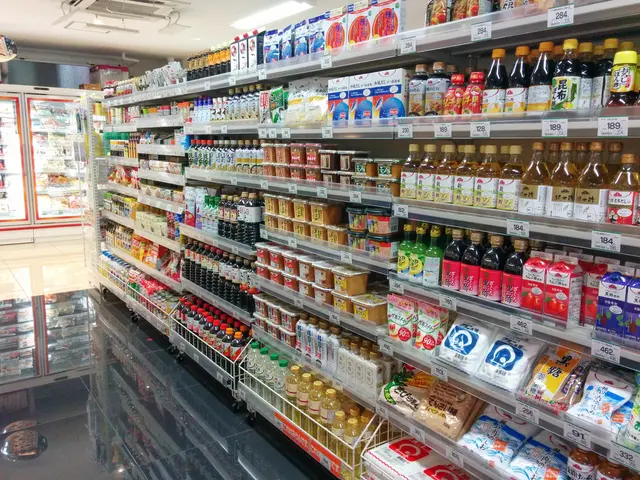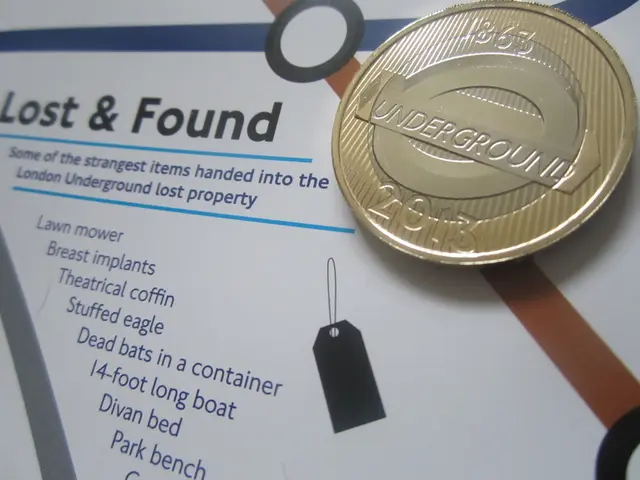U.S.-India trade negotiations prove challenging, prompting India to seek alternate trading partnerships.
The ongoing negotiations for a Bilateral Trade Agreement (BTA) between India and the US are currently at a stalemate, with the sixth round of talks postponed indefinitely[1]. The two nations have been engaging in discussions since early 2021, aiming to expand trade and deepen economic relations[1][3].
The impasse primarily stems from disagreements over tariffs and trade protections. In response to US tariffs, India implemented reciprocal 25% tariffs on certain US goods starting August 7, with additional duties effective August 27, 2025[1][2]. The US, under the Trump administration, also imposed a 25% reciprocal tariff on Indian imports starting August 7, and considered an additional 25% tariff related to India’s purchases of Russian oil[2][5].
This trade conflict has created strain in the relationship, with India resisting US demands that would undermine its agricultural sector and domestic industries[1][2][5]. The US seeks lower trade barriers for American goods, while India aims to safeguard the welfare of farmers and rural economy[1][3].
Despite the challenges, both nations remain diplomatically engaged and are working to resolve these issues. The US has finalised bilateral trade deals with Japan, South Korea, Vietnam, and the EU, but has yet to convey any information about a change of schedule or cancellation of the next round of BTA talks[5].
In the meantime, the government of India is formulating an export diversification strategy to mitigate the impact of US tariffs[7]. Preparations are being made to leverage the new FTAs signed with EFTA countries and the UK as soon as these agreements come into force[6]. Focussed efforts are also being made to maximise the benefits of India's existing FTAs with countries like the UAE, Australia, ASEAN, Japan, Korea, and Mauritius[6].
The ongoing stalemate on the BTA has underscored the need for India to diversify and not rely heavily on one major market[8]. The government of India is standing firm on not giving in on sensitive sectors, particularly agriculture and dairy, in BTA negotiations[9]. The additional tariffs on these countries have been adjusted or reduced but not completely removed by the US[4].
The article was published on August 11, 2025.
[1] The Economic Times, "Bilateral Trade Agreement (BTA) talks between India and US at a standstill", August 11, 2025. [2] The Hindu BusinessLine, "India imposes 25% tariffs on US goods in response to US tariffs", August 7, 2025. [3] LiveMint, "India-US BTA talks: Aim to expand trade and deepen economic relations", February 1, 2021. [4] Reuters, "US adjusts, but not completely removes tariffs on India, others", July 30, 2025. [5] Bloomberg, "US-India BTA talks postponed amidst tariff disputes", August 25, 2025. [6] The Financial Express, "India to leverage new FTAs and maximise benefits from existing FTAs", August 10, 2025. [7] The Times of India, "Government of India formulating an export diversification strategy", August 9, 2025. [8] The Indian Express, "BTA stalemate underscores the need for India to diversify export markets", August 23, 2025. [9] The Hindustan Times, "India stands firm on sensitive sectors in BTA negotiations", August 18, 2025.
Read also:
- Delivery costs in St. Petersburg are forecasted to surge following Beglov's decision
- Real estate venture in Hawaii allegedly undermined by Shohei Ohtani and his agent, involving a whopping $240 million investment.
- Struggling Europe Offers Guidance to Trump Prior to Alaska Encounter: Western Predicament Precedes Trump-Alaska Summit
- PTT Group partnership forms to investigate low-emission ammonia energy for power facilities, endorsing Net Zero ambitions




